-

Initial Investment and Costs. Production Capacity and Efficiency. Market Demand and Sales Strategy. Financial Planning and Break-Even Analysis. Potential Challe...
interlocking brick making machine
-

Factors Affecting Brick Production. Types of Cement Brick Making Machines. Production Capacity of Different Machines. Influence of Raw Materials. Working Condit...
cement brick making machine
-
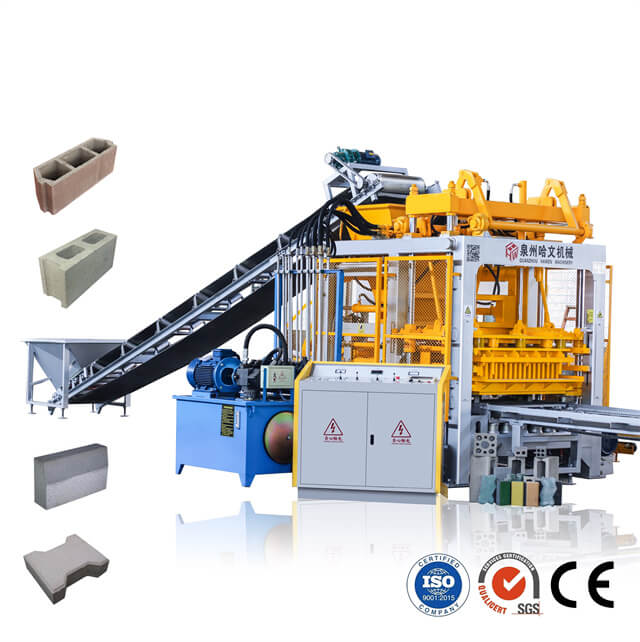
Understanding the Curing Process. Factors Influencing Curing Time. Typical Curing Times for Blocks and Bricks. Best Practices for Effective Curing. Conclusion....
block brick making machine
-
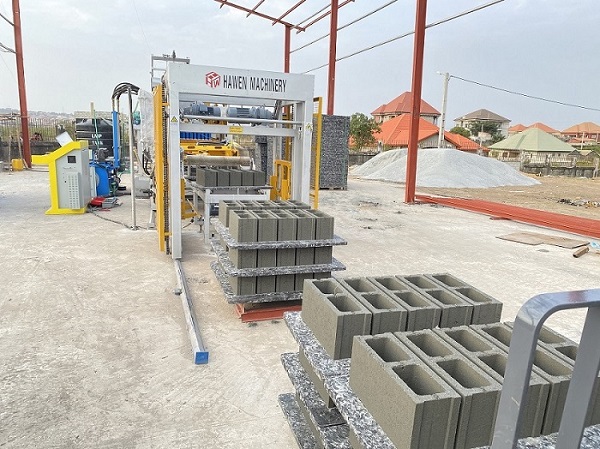
Understanding Cement Block Manufacturing Machines. Factors Influencing Operator Requirements. Machine Complexity and Operator Skills. Production Volume and Work...
cement block manufacturing machine
-
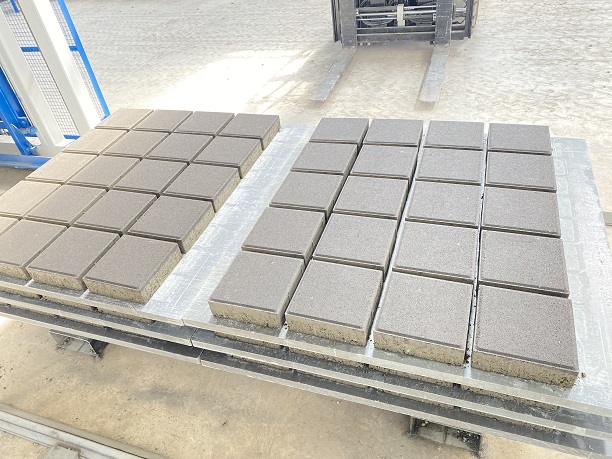
Types of Block Moulding Machines. Space for Raw Materials. Space for Finished Products. Operational Space. Additional Considerations. Conclusion....
block moulding machine
-
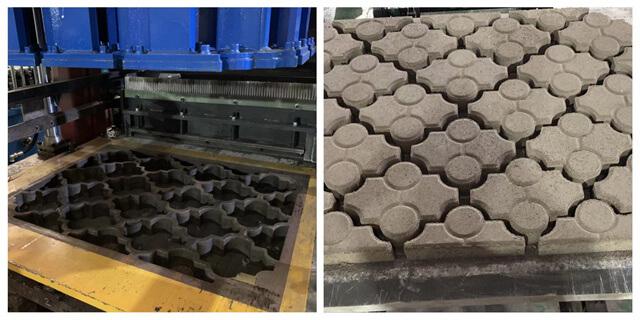
1. Raw Material Preparation. 2. Mixing and Molding. 3. Curing Process. 4. Demolding and Drying. 5. Quality Control. 6. Packaging and Storage. 7. Distribution an...
Solid Block Machine
-
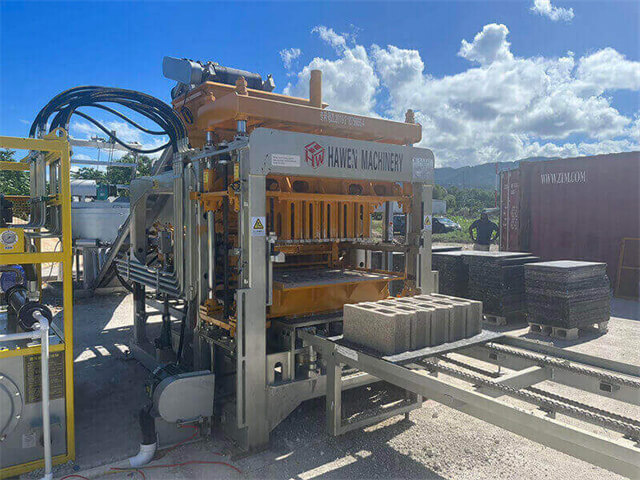
Understanding Hollow Block Making Machines. Capabilities of Hollow Block Making Machines. Production of Paving Blocks. Production of Solid Bricks. Advantages an...
hollow block making machine
-
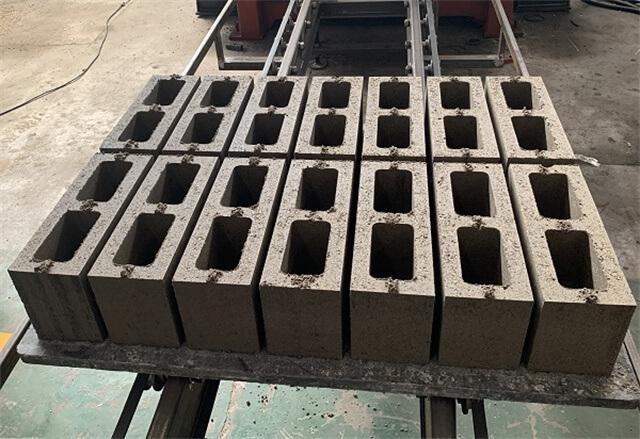
Understanding Block Production Machines. Technological Advancements in Block Production Machines. Quality Control Measures. Impact of Machine Calibration and Ma...
block production machine
-

1. Research and Understand the Machine Specifications. 2. Evaluate the Manufacturer's Reputation. 3. Assess Machine Durability and Construction Quality. 4. Insp...
automatic block making machine
-
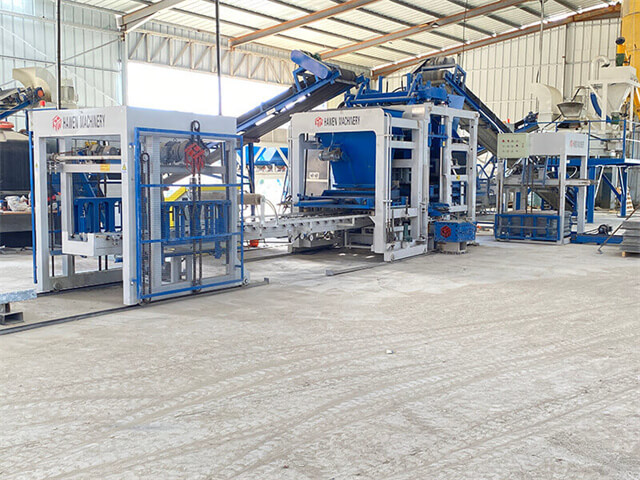
1. Rising Sales in the Solid Block Machine Market. 2. Technical Innovations in Solid Block Machines. 3. Improved Block Designs. 4. Energy-Efficient Machines. 5....
Solid Block Machine
-
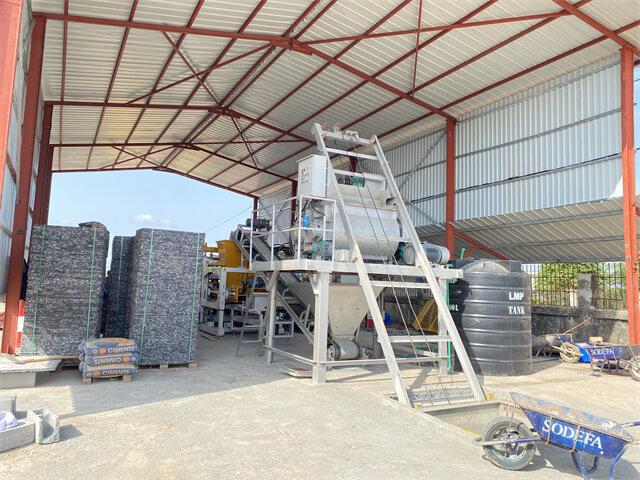
1. Automation. 2. Energy Efficiency. 3. Improved Product Quality. 4. Customizable. 5. Faster Production. 6. Digitalization. 7. Reduced Maintenance. 8. Improved ...
Block Machine
-

1. Raw Material Preparation. 2. Mixing and Pouring. 3. Compaction. 4. Curing. 5. Demolding. 6. Finishing. 7. Stacking and Packaging. 8. Quality Control. Conclus...
Block Machine
-
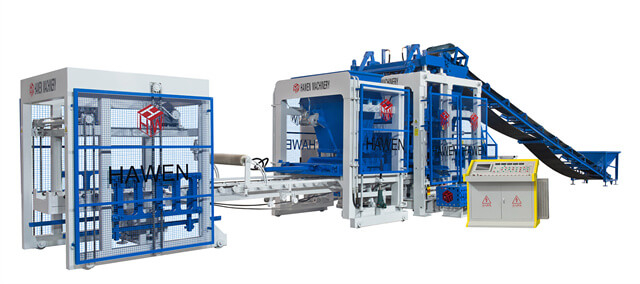
1. Design and Engineering. 2. Material Selection. 3. Fabrication of Components. 4. Assembly and Integration. 5. Testing and Quality Assurance. 6. Performance Op...
Compressed Earth Block Making Machine
-
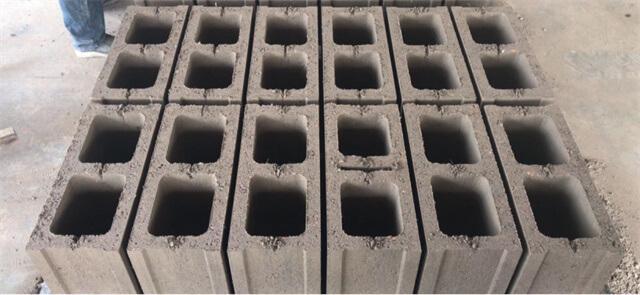
1. Raw Material Preparation. 2. Mixing Process. 3. Molding Process. 4. Curing Process. 5. Demolding Process. 6. Finishing Process. 7. Quality Control. 8. Mainte...
Concrete Block Molding Machine
-
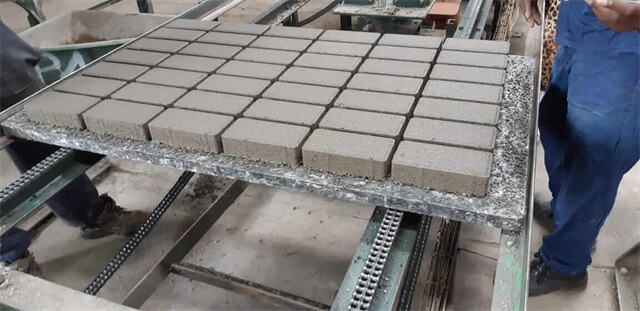
1. Raw Material Preparation. 2. Mixing of Raw Materials. 3. Molding Process. 4. Curing of Blocks. 5. Demolding. 6. Surface Finishing. 7. Quality Inspection. 8. ...
Concrete Paver Block Machine




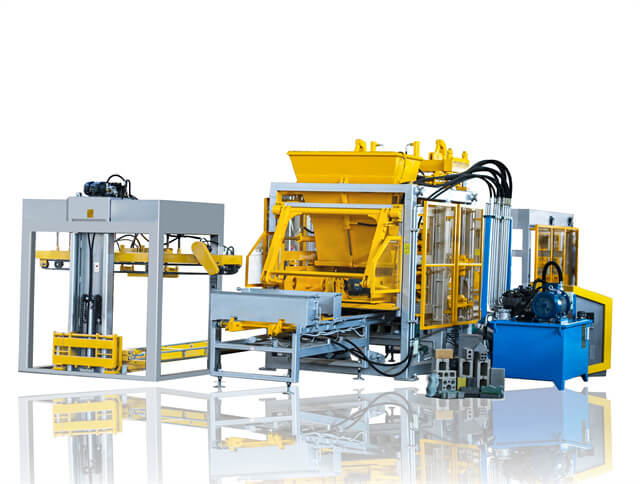













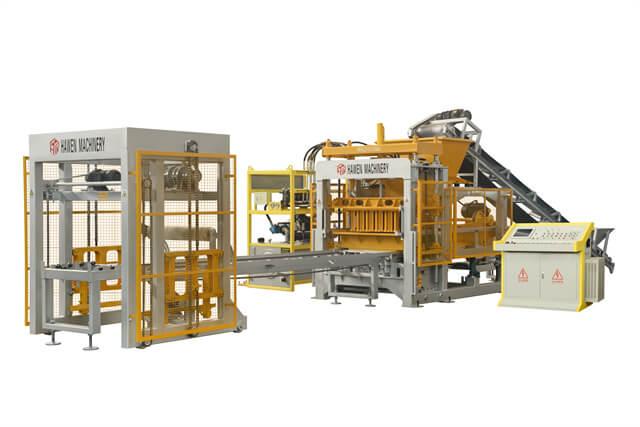
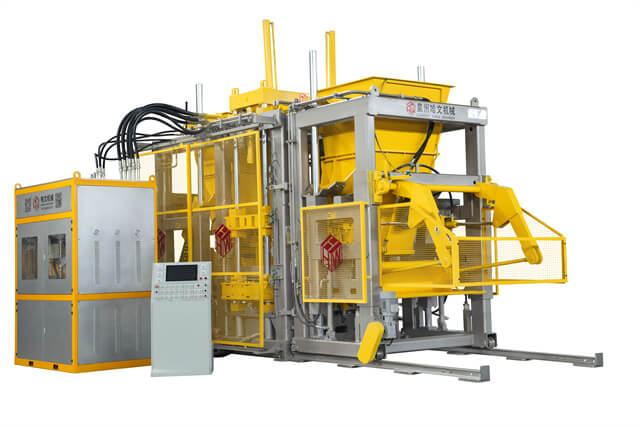
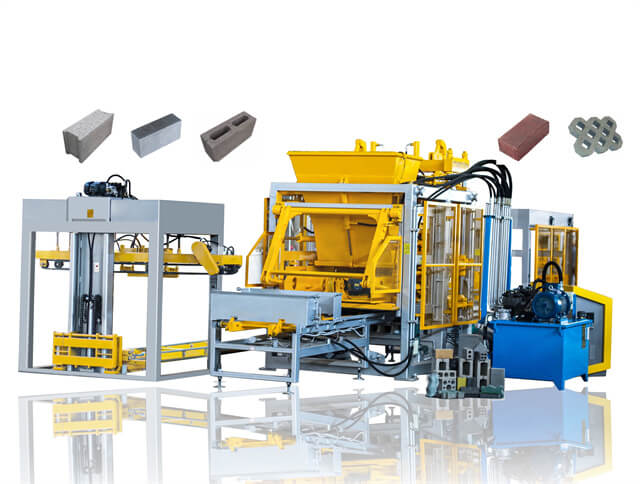
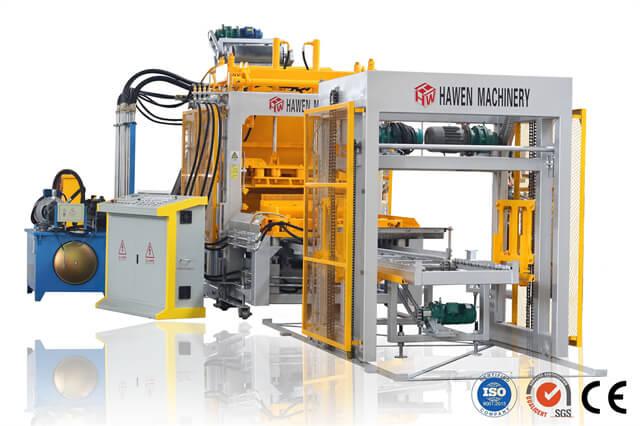





 Tel: +86-13905968794
Tel: +86-13905968794 Email: export@hwmachines.com
Email: export@hwmachines.com MP/WhatsApp: +86-13905968794
MP/WhatsApp: +86-13905968794 Manufacturer Address:Nanan,Quanzhou City,Fujian Province,China
Manufacturer Address:Nanan,Quanzhou City,Fujian Province,China




